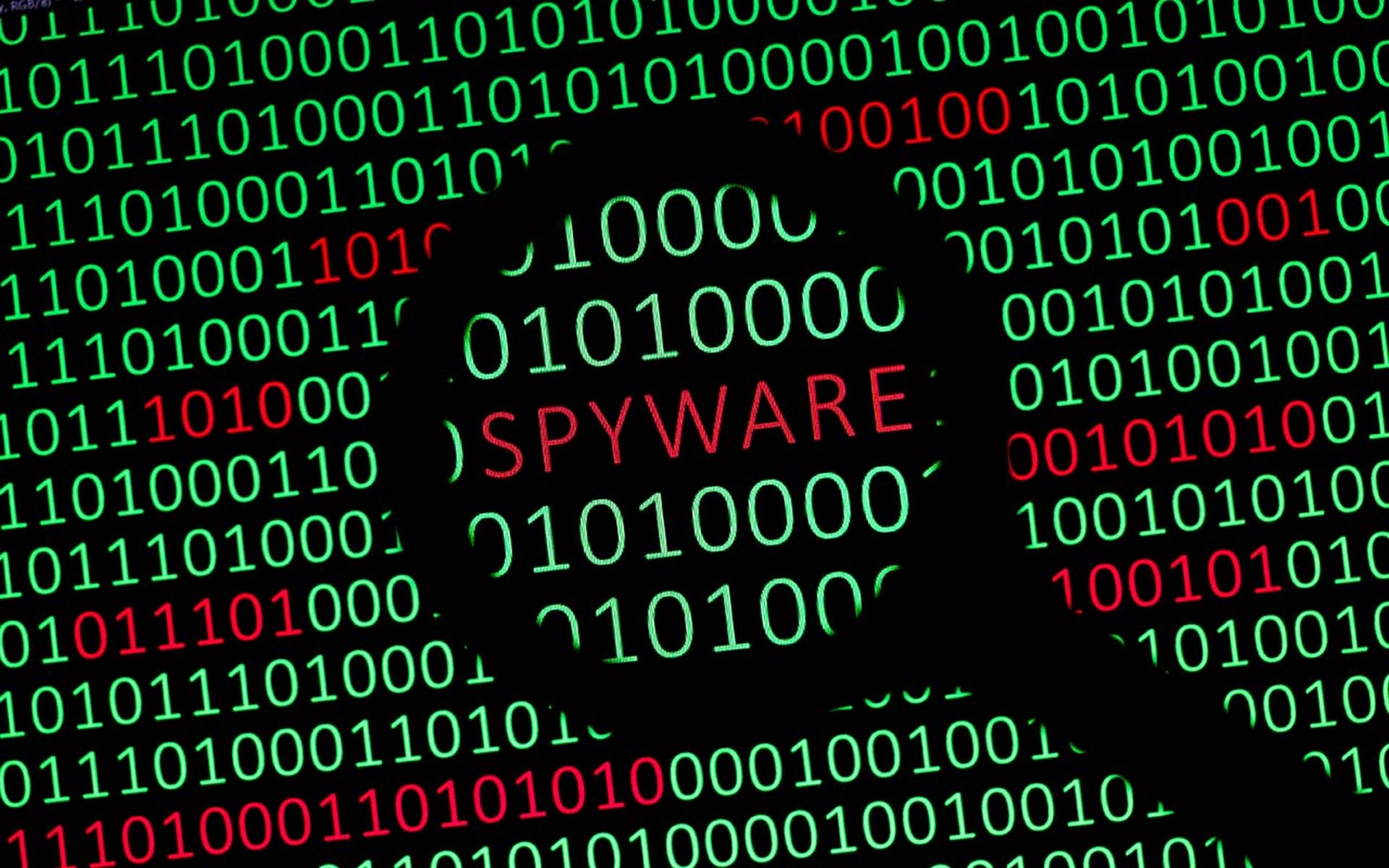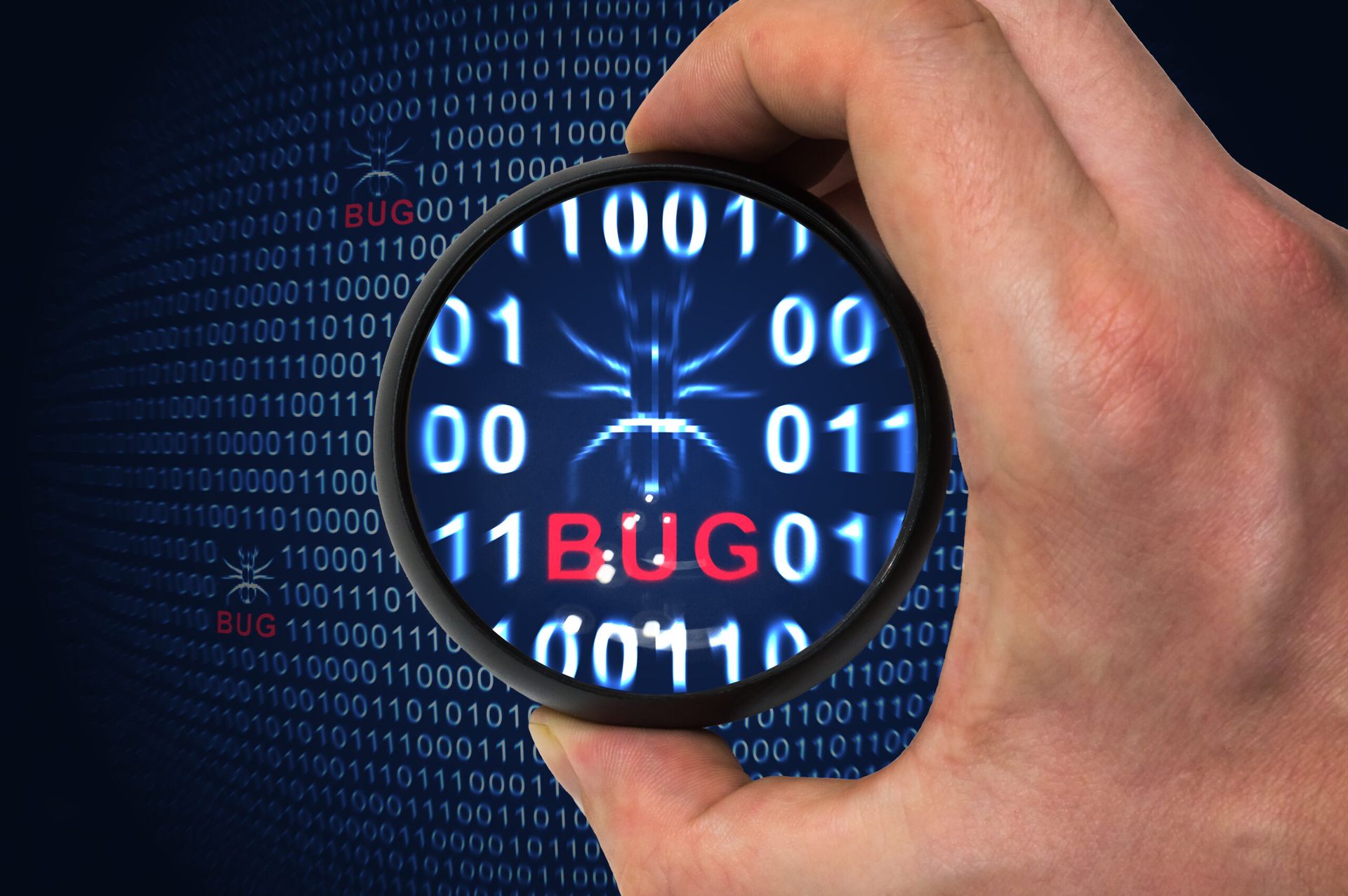Threat Management
Qakbot malware evolves to bypass detection
Share
The Hacker News reports that Qakbot malware operators have been discovered by Zscaler researchers to have adopted code obfuscation and new attack chain layers, as well as leveraged various URLs and file extensions for payload delivery in an effort to better conceal their operations.
"Most recently, threat actors have transformed their techniques to evade detection by using ZIP file extensions, enticing file names with common formats, and Excel (XLM) 4.0 to trick victims into downloading malicious attachments that install Qakbot," said Zscaler Threatlabz researchers Aditya Sharma and Tarun Dewan.
Microsoft's plan to enable Office macro blocking by default, which was temporarily paused, had prompted Qakbot to hasten its transition to .LNK files from XLM macros in May. Qakbot has also made changes to enable DLL malware downloads through PowerShell, as well as allow the use of rundll32.exe for payload delivery.
Fortinet researchers previously noted that Qakbot has been desired by threat actors due to its modularity and detection resilience.
Related Events
Get daily email updates
SC Media's daily must-read of the most current and pressing daily news



